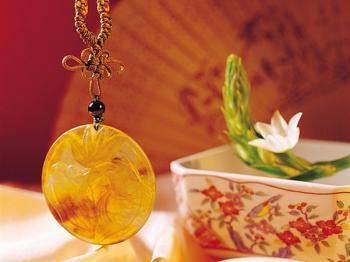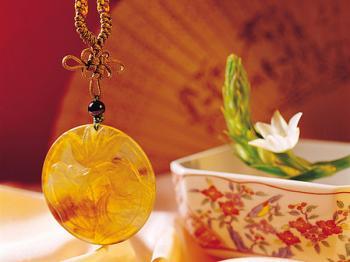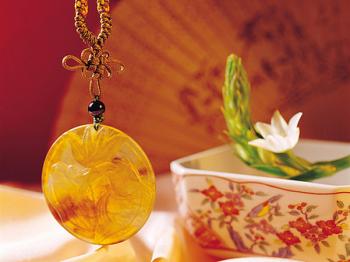Beautiful and elaborate, intricate while following simple rules, knots are part of China’s 5,000 year history, and prehistoric records attest to their use in recording all manner of important events.
There are a number of Chinese sayings which explain the role of knot-tying in ancient China, like “to tie knots in a string for record-keeping” (結繩記事 jiéshéng jìshì), and “to make large knots for big events, and smaller ones for less important events” (大事大結其繩、小事小結其繩 dàshì dàjié qí shéng, xiaŏshì xiaŏjié qí shéng).
At the beginning of Chinese civilization, people considered a piece of cord as worthy of honor, since the word itself, 繩 (shéng) is pronounced similarly to that for deity: 神 (shén). The character for string also leads Chinese—called the “People of the Dragon”—toward reverence, because the character for string was thought to look like a moving dragon.
Knots have also taken on metaphoric meanings due to their linguistic derivatives: knot (結 jié) is made up of 絲 (sī) and 吉 (jí), where 絲 (sī) means silk or rope, and 吉 (jí) prosperity, a high social position, long life, luck, wealth, health and security.
The character 結 depicts a knot. Because of this, it can also symbolize relationships, and can be extended to connote strength, harmony and human emotions. These connotations are given concrete reflection in a series of Chinese words that contain the character. For instance: 結實 (jiēshí) “to bear fruit,” 結交 (jiéjiāo) “to make friends,” 結緣 (jiéyuán) “brought together by fate,” 結婚 (jiéhūn) “to get married,” and 團結 (tuánjié) “to unite.”
Owing to the close connection of knots with Chinese culture, the art of knotting continues to be transmitted as a type of folk culture, and is highly regarded. This pastime became a regular art form during the Tang (618-907) and Song dynasties (960-1279), and saw its heyday during the middle of the Ming and Qing dynasties (1368-1911), where knots frequently adorned traditional garments. The art evolved from simply functional uses to decorative elements for festivities—as necklaces, hair ornaments, and pendants. Certain knots, such as the “Lucky Knot,” were used as amulets, to keep bad things away, to avoid misfortune, and to bring good luck.
In Ancient China, Tying Knots Was an Art Form
Beautiful and elaborate, intricate while following simple rules, knots are part of China’s 5,000 year history, and prehistoric records attest to their use in recording all manner of important events.

Knots such as these are rooted in ancient Chinese techniques, and show at once excellent artistry and traditional culture. The Epoch Times
|Updated:




